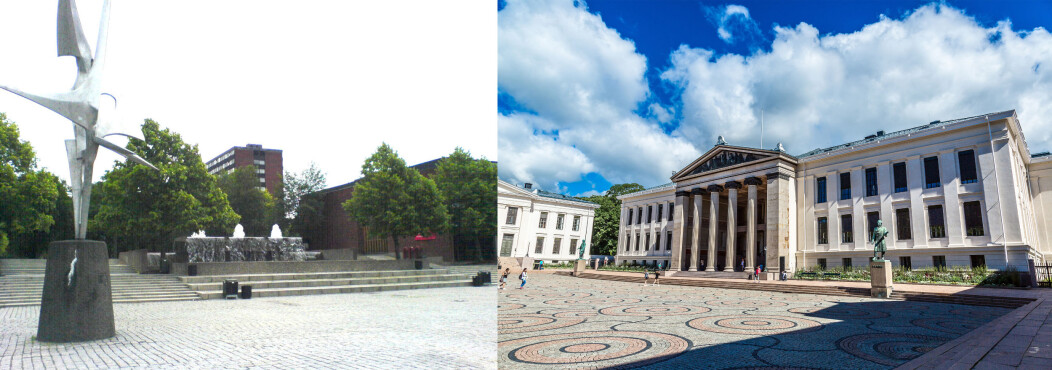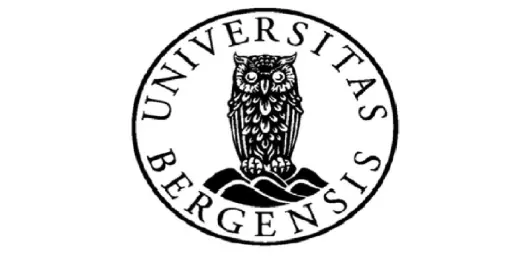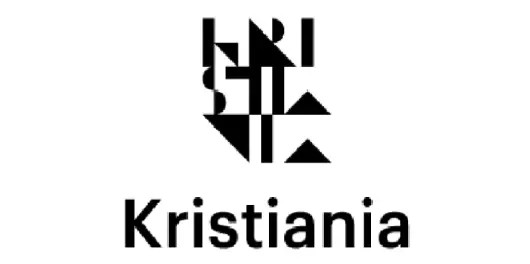Ledig stilling på Universitetet i Oslo
Blindern og Urbygningen (Foto: Wikimedia og Colourbox)
Researcher in 3D Sequentially Integrated ADC and Sensor Front-End Design
Deadline: 30.11.2019
Job description
Universitetet i Oslo
The University of Oslo is Norway’s oldest and highest rated institution of research and education with 28 000 students and 7000 employees. Its broad range of academic disciplines and internationally esteemed research communities make UiO an important contributor to society.
The Department of Informatics (IFI) is one of nine departments belonging to the Faculty of Mathematics and Natural Sciences. IFI is Norway’s largest university department for general education and research in Computer Science and related topics.
The Department has more than 1400 students on bachelor level, 600 master students, and over 240 PhDs and postdocs. The overall staff of the Department is close to 370 employees, about 280 of these in full time positions. The full time scientific staff is 75, mostly Full/Associate Professors.
A position as Research is available at the Nanoelectronics Group, Department of Informatics.
The position will be for a period of up 2 years. End date of the project is 31.12.2021.
Starting date from 01.January 2020 and no later than 01.March 2020.
Project description
The position is part of the European 3D-MUSE project that wants to use emergent sequential 3D integration technology for high performance mixed-signal integrated circuits.
The IoT is composed of connected devices that are characterized by their interaction with the environment via a plethora of sensors and actuators. The trend goes to ever more complex interactions and thus an increase in the number of different sensors integrated in the same product, which in turn requires the processing capability to handle all of those sensors.
At the same time those systems are expected to still perform on an ever lower power budget, preferably so low as to be able to operate purely on power scavenging. And of course the cost needs to be moderate too. The electronics at the heart of such a system needs to be mixed-signal electronics that interfaces to the analog sensors and actuators, but can also provide the necessary digital processing power.
3D-MUSE wants to spearhead the progression from what we shall refer to as 'systems-in-stack' to true 'systems-in-cube' (SinC) that monolithic/sequential 3D integration will enable. We define the former as a 3D system that is characterized by locating functional blocks within a single plain in the (typically parallel/wafer-bonding) 3D integration stack, while the latter makes use of the full emancipation of the interconnect density in the third dimension of sequential 3D integration and rather implements functional blocks in a volume comprising multiple tiers. We shall demonstrate this concept by conceiving novel architectures for micro circuits in a volume in a two tier 3D sequential integration process. In particular, we have identified mixed-signal circuits as, on one hand, a major bottleneck for functional performance scaling of sensor nodes and smart sensors in the IoT and cyberphysical systems, and on the other hand, excellent candidates for beneficial trade-offs when implemented as circuits in a volume with using two specialized tiers, one for analog device options and another for optimal digital designs. We shall refer to such a technology as 3D 'multi-process' sequential integration.
The goal of this position is to design SinC circuits to implement smart sensor interfaces (SSI) for specific applications.
One application shall be sensor interfaces for the ongoing sounding rocket campaigns into the ionosphere that UiO is participating in (see http://www.mn.uio.no/fysikk/english/research/projects/4dspace/ and http://www.grandchallenge.no/). Specific sensors shall be for example Langmuir probes (measuring electron density in plasma) and E-filed probes. Miniaturization and energy efficiency are very important here specifically for small wireless sensor platforms that are ejected by these rockets in flight.
Another application are image sensors, where sequential 3D integration is expected to lead to a breaktrough in parallel and high speed image read out and processing. A pioneering example using parallel integration, i.e. a system-in-stack approach is the Sony Exmor series of image sensors. True SinC designs have the potential of carrying the concept of parallelism in image sensors a significant leap further.
Qualification requirements
The Faculty of Mathematics and Natural Sciences has a strategic ambition of being a leading research faculty. Candidates for this fellowship will be selected in accordance with this, and expected to be in the upper segment of their class with respect to academic credentials.
- Applicants must hold a PhD degree or equivalent in microelectronics or similar subjects with experience in analog/mixed-signal ASIC design in CMOS technology.
- Prior experience with sensor front end, ADC, image sensors, low power design and other relevant areas for the specific project context will be an advantage.
- Fluent oral and written communication skills in English.
We offer
- salary NOK 523 200 – 605 500 per annum depending on qualifications in position as Researcher (position code 1109)
- a professionally stimulating working environment
- vibrant international academic environment
- attractive welfare benefits and a generous pension agreement, in addition to Oslo’s family-friendly environment with its rich opportunities for culture and outdoor activities
How to apply
The application with attachments must be delivered in our electronic recruiting system using the “Apply for this job” button, and must include:
- Application letter
- Summary of academic specialization and statement of research interests (at most 1 page)
- CV (summarizing education, positions and academic work - scientific publications)
- Copies of educational certificates, transcript of records and letters of recommendation
- A complete list of publications and up to five papers or other relevant academic works that the applicant would like to be considered by the evaluation committee
- Names and contact details of 2-3 references (name, relation to candidate, e-mail and telephone number)
Foreign applicants are advised to attach an explanation of their University’s grading system. Please remember that all documents should be in English or a Scandinavian language.
Applications with documents missing will not be considered further.
Interviews with the best qualified candidates will be arranged.
Formal regulations
According to the Norwegian Freedom and Information Act (Offentleglova) information about the applicant may be included in the public applicant list, also in cases where the applicant has requested non-disclosure.
The University of Oslo has an agreement for all employees, aiming to secure rights to research results etc.
The University of Oslo aims to achieve a balanced gender composition in the workforce and to recruit people with ethnic minority backgrounds. Thus, we invite applications from all interested individuals regardless of gender or ethnicity but would like to specifically encourage female candidates to apply.
Contact information
For further information, please contact:
- Professor Philipp Häfliger, phone: +47 228 40118,e-mail: hafliger@ifi.uio.no
For technical questions regarding the recruitment system, please contact HR Adviser Torunn Standal Guttormsen, phone: +47 22854272, e-mail: t.s.guttormsen@mn.uio.no
Apply for this job













